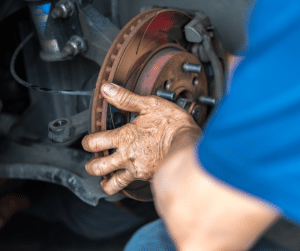
Wheel alignment: What you need to know
It goes without saying that wheels are one of the most important parts of a car: they’re the middle man between the engine and the road, and they move the car in the direction that you steer it. This is why wheel alignment is crucial to both the safety and performance ability of your car, and why it’s important to know the signs so you can act immediately if you notice them. In this guide to wheel alignment, you’ll learn everything you need to know about wheel alignment, from how to check for symptoms to the process mechanics follow to fix an alignment issue.
What is a wheel alignment?
A wheel alignment, also called a tyre alignment, is a service provided by qualified mechanics to correct the angle of the wheels and tyres of your vehicle so they match the manufacturer’s recommended position.
How to check wheel alignment
If you notice any of these symptoms in your car, that’s a sure sign it’s time to get a wheel alignment at your local mechanic. Screeching wheels: If your wheels aren’t aligned properly, they make metallic screeching sounds as they rotate on a crooked axis Steering wheel vibration or noises: Out-of-alignment wheels cause excess friction where the steering wheel joins to the tyres and make steering harder Vehicle pulling to one side: Your car wants to move to one side even though you are driving in a straight line, so you have to steer in the opposite direction to correct it Steering wheel being crooked while driving in a straight line: Your steering wheel’s default position when driving straight is off-centre
How is a wheel alignment done?
During your wheel alignment, the mechanic will do these checks and adjustments.







